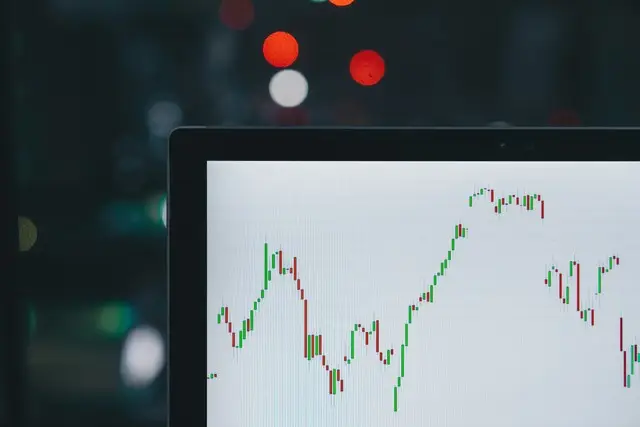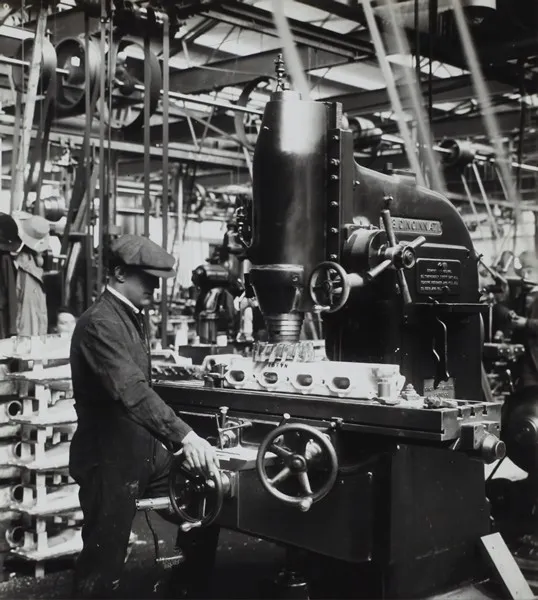Table of Contents
- Historical Background
- Phases of Kondratieff Cycles
- Factors Influencing Kondratieff Cycles
- Empirical Evidence and Criticisms
- Contemporary Relevance
- Conclusion
Kondratieff cycles, also known as K-waves or long waves, refer to the hypothesized cyclical patterns in the global economy, characterized by periods of high growth followed by periods of stagnation or decline. Named after the Russian economist Nikolai Kondratieff, who first identified these patterns in the 1920s, these cycles span approximately 50 to 60 years. Kondratieff’s work remains influential in economic sociology and economic history, providing a macroeconomic framework for understanding long-term economic trends.
Historical Background
Nikolai Kondratieff’s Contributions
Nikolai Kondratieff (1892-1938) was a prominent Russian economist and a key figure in the Soviet Union’s economic planning during the early 20th century. His seminal work, “The Major Economic Cycles” (1925), introduced the concept of long-term economic cycles based on his empirical analysis of price indices, interest rates, and production data from major economies such as the United States, the United Kingdom, France, and Germany. Kondratieff proposed that capitalist economies experience recurring phases of high economic growth, innovation, and expansion, followed by phases of stagnation, recession, and contraction.
Theoretical Foundations
Kondratieff’s theory was grounded in historical materialism and the Marxist tradition. He argued that technological innovation and capital accumulation drive the long-term dynamics of capitalist economies. Kondratieff identified three main cycles, each lasting about 50-60 years:
- The First Kondratieff (1780s-1840s): Marked by the Industrial Revolution, characterized by the introduction of mechanized production and significant advances in textile manufacturing, iron production, and steam power.
- The Second Kondratieff (1840s-1890s): Driven by the expansion of railways, steel production, and the growth of the chemical industry.
- The Third Kondratieff (1890s-1940s): Defined by the advent of electrical engineering, automobiles, and mass production techniques.
Phases of Kondratieff Cycles
Kondratieff cycles are typically divided into four distinct phases: expansion (prosperity), recession (stagnation), depression (crisis), and recovery (renewal). Each phase is characterized by specific economic, social, and technological changes.
Expansion (Prosperity)
The expansion phase is marked by robust economic growth, rising employment, and increased investment in new technologies and infrastructure. During this period, innovations and technological advancements drive productivity gains, leading to higher standards of living and greater economic output. This phase is often characterized by speculative bubbles and high levels of optimism among investors and consumers.
Recession (Stagnation)
The recession phase follows the peak of the expansion phase. Economic growth slows down, and the economy enters a period of stagnation. Investment declines, and the rate of technological innovation slows. This phase is marked by rising unemployment, declining profits, and reduced consumer spending. Structural weaknesses in the economy become more apparent, leading to increased financial instability.
Depression (Crisis)
The depression phase represents the trough of the Kondratieff cycle. It is characterized by severe economic contraction, widespread unemployment, and financial crises. During this period, businesses fail, and banks may collapse, leading to significant social and economic dislocation. However, this phase also sets the stage for the eventual recovery, as obsolete industries are dismantled and new opportunities for growth and innovation begin to emerge.
Recovery (Renewal)
The recovery phase marks the beginning of a new Kondratieff cycle. Economic conditions improve, and new industries and technologies emerge, driving renewed investment and employment. This phase is characterized by a gradual return to economic stability and growth, as new innovations and business models take hold, laying the foundation for the next expansion phase.
Factors Influencing Kondratieff Cycles
Get the full article AD FREE. Join now for full access to all premium articles.
View Plans & Subscribe Already a member? Log in.





